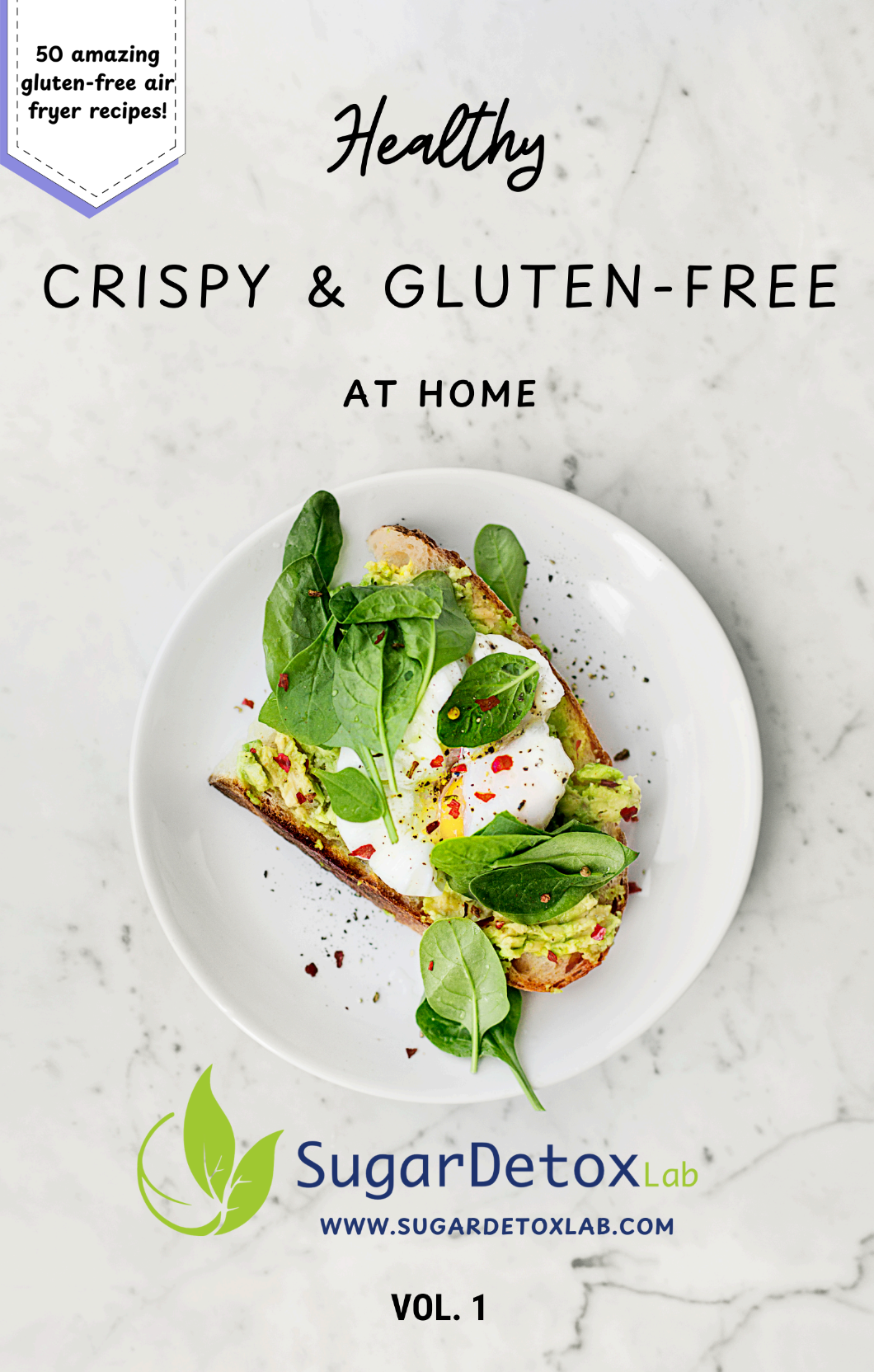The high-protein diet revolution has officially taken over 2025, with nutrition experts calling it the most significant dietary shift in decades. If you’re wondering whether a high-protein diet is right for you, the numbers speak volumes: one in six consumers globally changed to a high-protein diet in the past year, and more than 80% are interested in having protein in the foods and beverages they consume. This comprehensive guide reveals everything you need to know about implementing a successful high-protein diet, specifically tailored for women who want to lose weight, build lean muscle, and optimize their overall health.
Unlike restrictive fad diets that leave you feeling hungry and deprived, a well-designed high-protein diet provides sustained energy, enhanced satiety, and proven results for both weight management and muscle development. Whether you’re a busy professional, active mom, or fitness enthusiast, this evidence-based approach to high-protein eating will transform how you think about nutrition and help you achieve lasting results.
What Is a High-Protein Diet and Why Is It Dominating 2025?
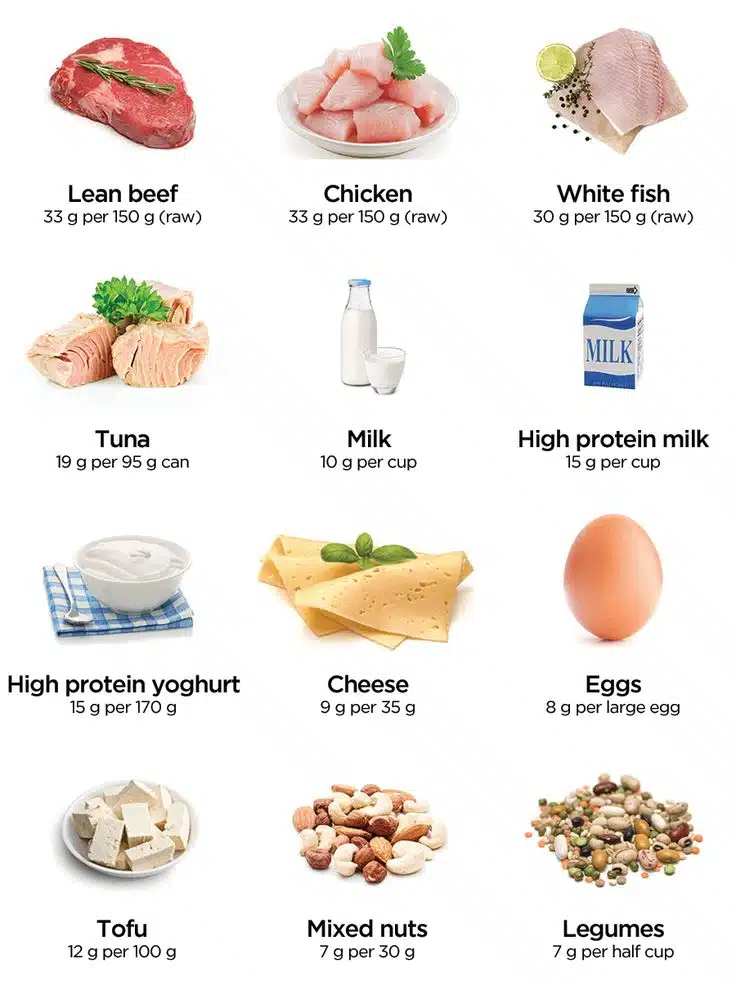
A high-protein diet typically involves consuming 25-35% of your daily calories from protein sources, significantly higher than the standard recommendation of 10-15%. This translates to approximately 0.8-1.2 grams of protein per pound of body weight for most women, depending on activity level and specific goals. The high-protein diet approach focuses on prioritizing complete proteins while maintaining balanced nutrition from healthy fats and complex carbohydrates.
The surge in high-protein diet popularity stems from mounting scientific evidence supporting its effectiveness for weight management, muscle preservation, metabolic health, and long-term dietary adherence. Protein is fueling more than just meals, but also connections, lifestyles and aspirations, making it a cornerstone of modern healthy eating approaches.
Unlike previous diet trends that emphasized restriction, the high-protein diet emphasizes abundance—giving you more food satisfaction, better meal timing flexibility, and improved body composition results. This approach aligns perfectly with 2025’s focus on sustainable, science-backed nutrition strategies rather than quick-fix solutions.
Health Benefits of a High-Protein Diet for Women
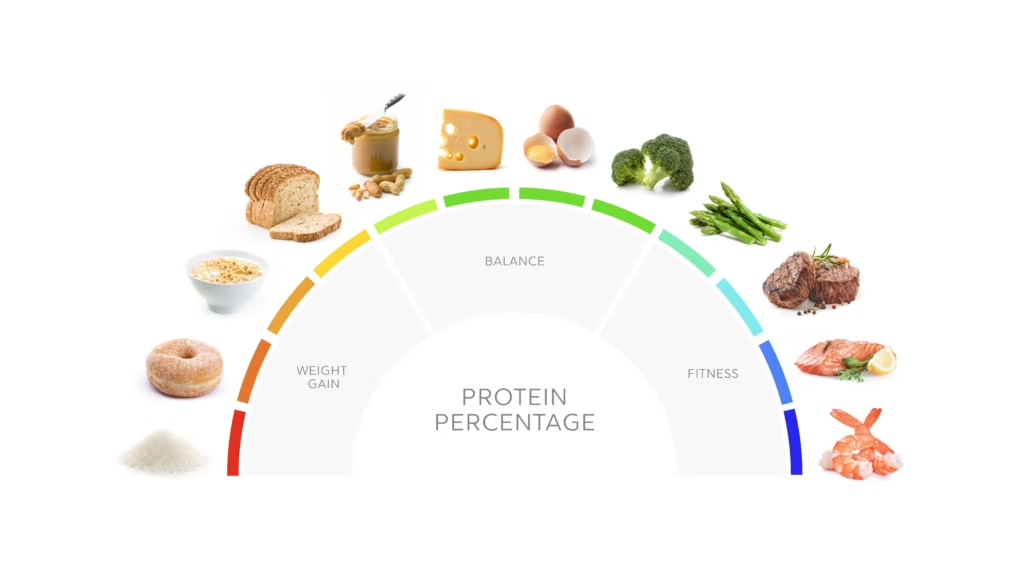
Enhanced Weight Loss and Fat Burning
A high-protein diet significantly boosts your metabolic rate through the thermic effect of food—your body burns more calories digesting protein compared to carbohydrates or fats. Research consistently shows that women following high-protein diets lose more body fat while preserving lean muscle mass, leading to improved body composition and sustainable weight management.
Improved Satiety and Appetite Control
Protein triggers the release of hormones like GLP-1 and peptide YY that signal fullness to your brain, naturally reducing overall calorie intake without conscious restriction. Women on high-protein diets report feeling satisfied longer between meals, experiencing fewer cravings, and having better control over portion sizes—key factors for long-term weight management success.
Muscle Building and Preservation
For women concerned about losing muscle mass during weight loss or aging, a high-protein diet provides the essential amino acids needed for muscle protein synthesis. This is particularly crucial for women over 30, who naturally lose 3-8% of muscle mass per decade without adequate protein intake and resistance training.
Hormonal Balance and Metabolic Health
Adequate protein intake supports healthy insulin sensitivity, blood sugar stability, and thyroid function—all critical for women’s hormonal health. A high-protein diet can help regulate menstrual cycles, support healthy pregnancy outcomes, and ease menopausal transitions by providing the building blocks for hormone production.
Bone Health and Longevity
Contrary to outdated beliefs, research shows that high-protein diets support bone health by improving calcium absorption and providing amino acids necessary for bone matrix formation. This is particularly important for women at higher risk of osteoporosis.
The comprehensive benefits of a high-protein diet extend beyond weight loss, supporting overall metabolism optimization and long-term health outcomes specifically relevant to women’s unique physiological needs.
Challenges and Practical Solutions for High-Protein Diets
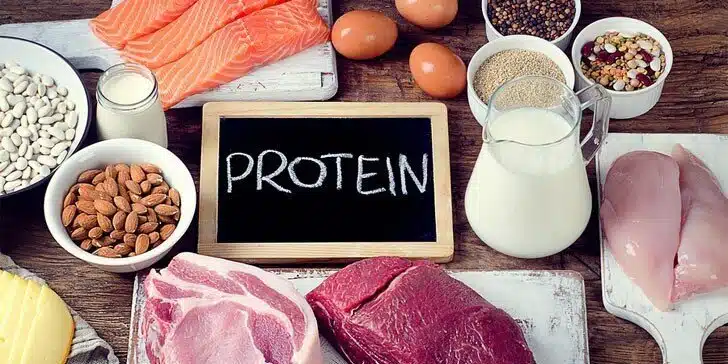
Digestive Adaptation Period
Some women experience initial bloating, gas, or changes in bowel movements when significantly increasing protein intake. Gradually increase protein by 10-15 grams per week rather than making dramatic overnight changes. Ensure adequate fiber intake from vegetables and fruits, and stay well-hydrated to support digestive adaptation.
Meal Planning and Preparation
A successful high-protein diet requires more strategic meal planning than typical eating patterns. Batch-cook proteins on weekends, invest in quality protein powders for quick meals, and learn to identify protein content in various foods. Focus on preparing 2-3 go-to high-protein meals that you can rotate throughout the week.
Budget Considerations
Quality protein sources can be expensive, but strategic shopping makes high-protein diets affordable. Buy proteins in bulk when on sale, utilize less expensive options like eggs, canned fish, and legumes, and consider protein powder as a cost-effective supplement to whole food sources.
Social and Family Meal Challenges
Navigating social situations and family meals while maintaining high-protein goals requires flexibility and planning. Focus on protein-rich appetizers at parties, suggest restaurants with protein-forward options, and prepare high-protein versions of family favorites that others will enjoy too.
Avoiding Protein Monotony
Eating the same proteins repeatedly leads to diet fatigue and abandonment. Experiment with different protein sources, cooking methods, and international cuisines that naturally emphasize protein. Keep a variety of spices, marinades, and sauces to transform basic proteins into exciting meals.
Complete High-Protein Diet Meal Plan for Women
Sample Daily Menu (130g protein, 1,600 calories):
- Breakfast: Greek yogurt (20g) + berries + almonds + protein powder (25g total protein)
- Lunch: Grilled chicken salad with chickpeas (35g protein)
- Snack: Protein smoothie with banana and spinach (25g protein)
- Dinner: Baked salmon with roasted vegetables and quinoa (35g protein)
- Evening: Cottage cheese with nuts (10g protein)
Tips and Trends for High-Protein Diet Success in 2025

Protein Innovation and New Sources
Food trends for 2025 focus on healthful foods and protein, with innovative sources like insect protein, algae-based proteins, and fermented plant proteins gaining mainstream acceptance. Experiment with these new options while focusing on tried-and-true sources like fish, poultry, and legumes as your foundation.
Technology Integration for Tracking
Use advanced macro tracking apps that specifically cater to high-protein diets, offering features like amino acid profiles, meal timing optimization, and progress photos for body composition changes. Many apps now integrate with fitness trackers to adjust protein needs based on activity levels and workout intensity.
Meal Delivery and Convenience Options
The rise of high-protein meal delivery services and ready-to-eat options makes maintaining a high-protein diet more convenient than ever. Look for services that offer customizable protein levels and fresh, minimally processed ingredients that align with your specific goals and dietary preferences.
Community and Social Support
Join online communities specifically focused on high-protein diets for women, where you can share recipes, troubleshoot challenges, and celebrate progress with others following similar approaches. Social accountability significantly improves long-term adherence to dietary changes.
Frequently Asked Questions
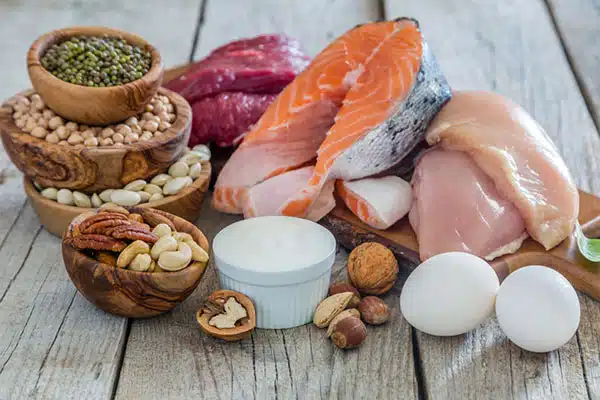
Question: How much protein should women eat daily on a high-protein diet?
Answer: Most women should aim for 0.8-1.2 grams of protein per pound of body weight on a high-protein diet. For a 140-pound woman, this equals 110-170 grams daily. Active women or those building muscle may need the higher end, while sedentary women can succeed with the lower range. Start conservatively and adjust based on results and hunger levels.
Question: Can a high-protein diet help with weight loss without exercise?
Answer: Yes, high-protein diets support weight loss even without formal exercise due to increased satiety, higher thermic effect of food, and better muscle preservation. However, combining a high-protein diet with resistance training maximizes results by building lean muscle mass, which increases metabolic rate and improves body composition.
Question: What are the best protein sources for women on a high-protein diet?
Answer: The best protein sources include lean meats (chicken, turkey, lean beef), fish and seafood, eggs, Greek yogurt, cottage cheese, legumes, quinoa, and high-quality protein powders. Aim for variety to ensure complete amino acid profiles and prevent dietary boredom. Plant-based women should focus on combining complementary proteins throughout the day.
Question: Are there any risks or side effects of following a high-protein diet?
Answer: High-protein diets are safe for most healthy women when implemented gradually and combined with adequate hydration and fiber intake. Some may experience initial digestive changes as the body adapts. Women with kidney disease, certain medical conditions, or those who are pregnant should consult healthcare providers before significantly increasing protein intake.
Question: How quickly can I expect to see results from a high-protein diet?
Answer: Most women notice improved energy and reduced hunger within the first week of a high-protein diet. Weight loss typically becomes evident within 2-3 weeks, while muscle tone and body composition improvements are usually visible after 4-6 weeks of consistent adherence combined with appropriate exercise.
Question: Can I follow a high-protein diet if I’m vegetarian or vegan?
Answer: Absolutely! Plant-based high-protein diets are entirely achievable using legumes, quinoa, hemp seeds, spirulina, plant-based protein powders, tempeh, and nuts. Focus on combining different plant proteins throughout the day to ensure complete amino acid profiles, and consider B12 supplementation for optimal health on plant-based diets.
Conclusion
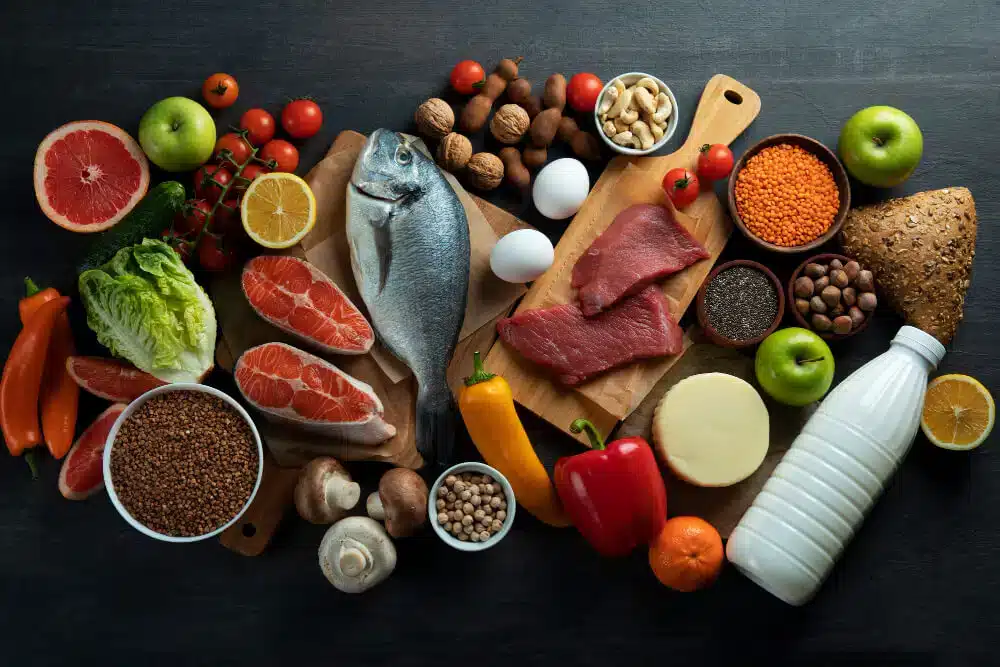
The high-protein diet trend dominating 2025 isn’t just another fad—it’s a scientifically-backed approach that addresses women’s unique nutritional needs for weight management, muscle building, and overall health optimization. With more than 80% of consumers interested in having protein in their foods and beverages, now is the perfect time to embrace this sustainable eating strategy.
By following the comprehensive meal plan and strategies outlined in this guide, you’ll join the millions of women who have discovered that a high-protein diet offers freedom from constant hunger, sustainable weight loss results, and improved body composition without the restrictions of traditional dieting approaches.
Remember, successful implementation of a high-protein diet is about progress, not perfection. Start by gradually increasing your protein intake, focus on whole food sources, and listen to your body’s responses as you optimize your approach. The key to long-term success lies in finding high-protein foods you genuinely enjoy and creating sustainable meal patterns that fit your lifestyle.
Ready to transform your health with the power of protein? Begin implementing your high-protein diet today using the 7-day meal plan and proven strategies in this guide. For more evidence-based nutrition guidance and protein-rich recipes, explore our complete collection at sugardetoxlab.com. Subscribe to our newsletter for weekly high-protein meal ideas and the latest nutrition research updates, and share your high-protein diet success story in the comments to inspire other women on their health journey!





